As EV hype fades, automakers refocus on hybrids
Published in Automotive News
Our path to automotive electrification may be less of a drive across Montana and more of a swoop down The Tail of the Dragon in the Smokey Mountains. Automakers like Cadillac, Volvo and Mercedes-Benz that planned to be virtually all-electric by 2030 are slowing their roll. We’ll eventually get there, but it’s going to be a scenic drive.
“For a decade or more, we’ve seen surveys highlighting how shoppers have concerns about charging infrastructure, range anxiety, battery life, etc.,” said Ivan Drury, director of insights at Edmunds. “These concerns were largely a non-issue among early adopters. But as the market shifted to mainstream buyers, those issues are contributing to today’s slowdown.”
And, it’s leading to a renaissance of hybrids and plug-in hybrids (PHEVs) as drivers consider their electrified options.
Between gas and electric are hybrids and plug-in hybrids. A hybrid adds batteries and electric motors to capture and re-use excess energy from the engine and brakes, maximizing fuel economy or performance. Vehicles like the Toyota Prius and Chrysler Pacifica plug-in hybrids can recharge from a plug, travel 30-50 miles on electricity, then continue on gas.
Levels of electrification present advantages and disadvantages.
“The advantage of an EV is never having to stop at a gas station,” said David Christ, group vice president at Toyota Motor North America. “The disadvantage is the availability of a charging station and cost of the charger on the wall. For a plug-in hybrid, it’s about how much they need the daily commute and how much they want to charge. With a hybrid, there is no compromise.”
Our electric future is coming and automakers are embracing it, but they’re also being pragmatic with diversified offerings of hybrids, PHEVs, and EVs.
“We really have customers for all three,” Christ said. “Some have long commutes, so a hybrid is great. For shorter commutes, an EV is great. For those with short commutes, but who want to see grandma on the weekends and not worry about charging, a plug-in hybrid is great. We’re focusing on a multi-pathway approach.”
Drivers will have a multi-lane approach to their driveways too. Despite range limitations, EVs are sublime — smooth, quiet, and easy to charge at home. However, it’s easier to own one if you also have a gas- or hybrid-powered crossover for trips, trailers and carrying kids. There is a good compromise, however.
“The PHEV is a good in-between solution for someone who commutes a short distance throughout the week, and can charge at home or work, but ups the miles on the weekend,” Drury said. “Having an excess in available miles is always the winner and a PHEV falls into this realm.”
The average consumer drives about 37 miles per day, so a PHEV is essentially an EV in daily life. Range is just one consideration, however.
“Do you have a convenient place to charge?” asks Drury. “If no, a PHEV or traditional hybrid is more likely to fulfill your needs. If you’re someone who experiences less anxiety around running out of fuel, perhaps EV range won’t be top of mind. If you rarely have time to spare, an EV is only going to work if you can charge at home.”
And, what about preparing your home?
If you occupy a newer home with 200-amp service, you can probably install a charger for under $1,500. But if you live in an older home with 100-amp service, grab your checkbook. I recently upgraded my 1955 garage with a 240-volt charger and it was close to $5,000 for the panel and code upgrades. I appreciate the convenience for charging, but whew!
In an interview last year on "CBS Sunday Morning," General Motors CEO Mary Barra confirmed her company's intention to sell only electric passenger cars by 2035, but she hesitated on an exact timeline. Luxury automakers such as Mercedes-Benz, Volvo and Cadillac that had committed to being fully electric by decade-end are delaying plans. Others are re-evaluating too.
“Depending on their level of commitment, some will still forge ahead with production roll-outs and development into battery tech while others will delay launches or even cancel full electrification plans in place of developing more PHEVs or traditional hybrids,” Drury said.
Count Toyota among the brands continuing to focus on hybrids while methodically introducing a full range of EVs over the next few years. And to make it all less confusing, the automaker is re-branding its “Prime” models more clearly as “Plug-in Hybrid”.
“We believe the market will increasingly be more EVs, but our customers should make the choice,” Christ said.
But what about the challenges?
“It’s getting better and better every day,” Christ said. “Ease of use of public charging will increase — using apps to find chargers that work, knowing there isn’t a line, etc. Longer-term, batteries will have longer range at a lower cost. Longer-longer-term, solid-state batteries that offer greater range, quicker recharge and enhanced safety.”
Toyota’s early feedback is 300 miles range is the minimum necessary to satisfy customers, and like most automakers it is working on enhancements to get to 400- to 500-mile ranges. Recharge times will be well under 15 minutes, making EVs as convenient as gas-powered vehicles. Universal adoption of the Tesla-style NACS plug will eventually make all EVs compatible with all chargers.
Automakers are also investing in charging networks to speed up construction. Recently, Toyota joined BMW, GM, Honda, Kia/Hyundai, Mercedes-Benz and Fiat-Chrysler parent Stellantis with investments in Ionna, a charger operator planning over 30,000 stations across North America by 2030.
In the end, it will be vehicles that entice drivers to just go for it. Which vehicles most excite industry experts?
“The Dodge Charger is incredibly iconic and borne of gas guzzling, so this launch tests whether EVs can overcome the objections of traditionalists,” Drury said. “The IQ is a real test for Cadillac — takes the mammoth Escalade and provides electrification. With the Volvo EX90, it will be interesting to see what Volvo buyers choose when faced with similar styling but different powertrains.”
No matter what, change is going to come. It’s only a question of how long and how electrified is the journey.
©2025 Tribune Content Agency, LLC
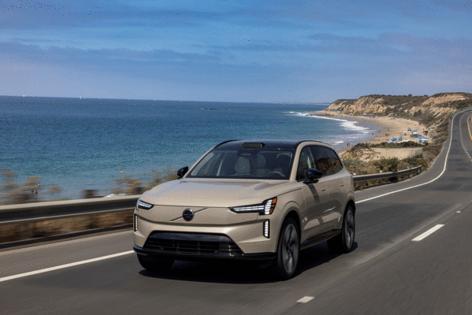
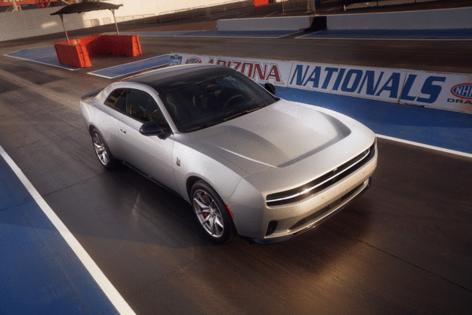
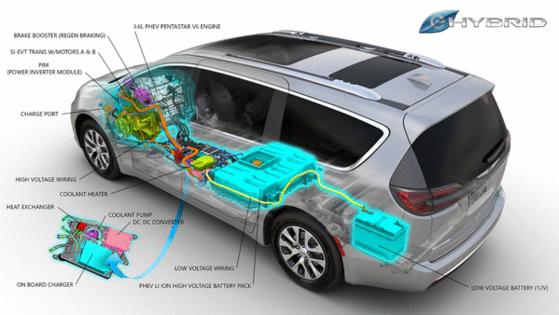
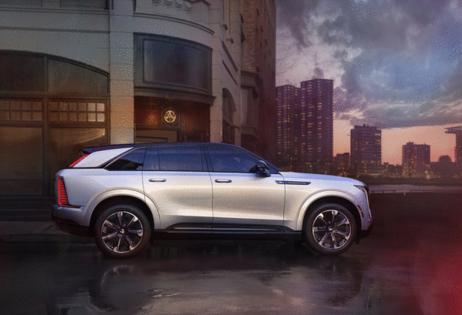
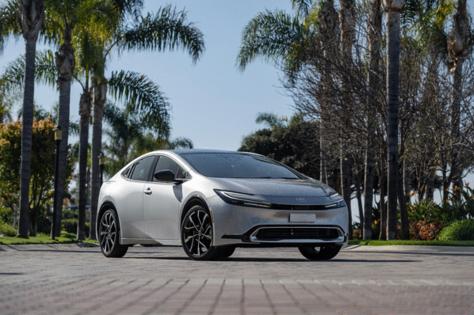












Comments